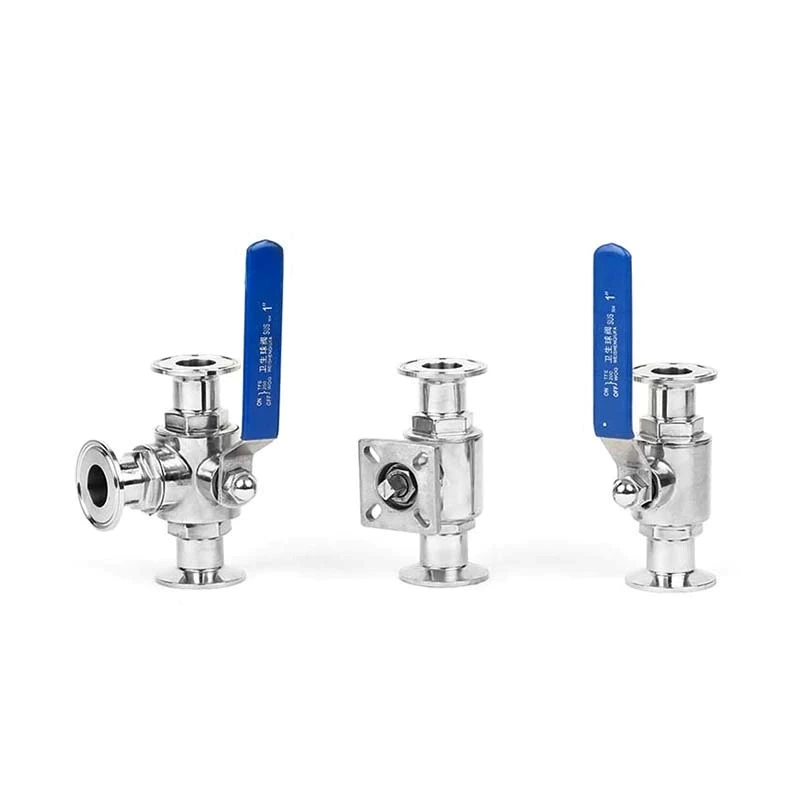Details Of Installation Of High Platform Ball Valve
Details of Sanitary Ball Valve installation
The high platform ball valve has some characteristics of its own structure, such as no friction when opening and closing, the seal is not easy to wear, and the opening and closing torque is small. The high platform ball valve is widely used in petroleum, chemical industry, urban water supply and drainage and other working conditions that require strict cutting. So what are the advantages of the high platform ball valve?
The advantages of the high platform ball valve are as follows:
1. The fluid resistance is small, and its resistance coefficient is equal to that of the pipe section of the same length.
2. Simple structure, small size and light weight.
3. Tight and reliable. At present, the sealing surface material of the ball valve is widely used in plastic, which has good sealing performance and has been widely used in vacuum systems.
4. Easy to operate, open and close quickly, just rotate 90° from full open to full closed, which is convenient for long-distance control.
5. Easy to maintain, the ball valve has a simple structure, and the sealing ring is generally movable, which is convenient for disassembly and replacement.
6. When fully open or fully closed, the sealing surface of the ball and the valve seat is isolated from the medium, and when the medium passes, it will not cause erosion of the valve sealing surface.
7. It has a wide range of applications, with diameters ranging from a few millimeters to several meters, and can be used from high vacuum to high pressure. When the ball rotates 90 degrees, the inlet and outlet should all present a spherical surface, thereby cutting off the flow.
The high platform ball valve should be installed in strict accordance with the installation requirements in the product manual.
1. Rinse the stainless steel ball valve in the open state; 2. After the stainless steel ball valve is connected to the pipeline, the flange connection bolts must be cross-locked with the specified torque; 3. Before the stainless steel flange ball valve is connected to the pipeline, the remaining impurities in the pipeline must be cleaned; 4. During installation, the actuator part of the ball valve cannot be used as a lifting point to avoid damage to the actuator and accessories; 5. The cast steel flange ball valve should be installed in the horizontal or vertical direction of the pipeline; 6. The pipeline near the installation point of the cast steel ball valve cannot be drooped or subjected to external forces. Pipeline brackets or supports can be used to eliminate pipeline deviations;
